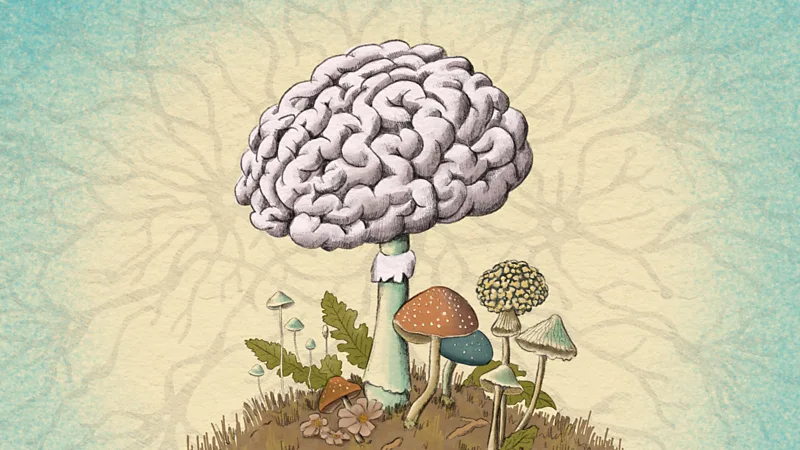The beach where people keep finding human bones
A relaxing stroll along the beach is something many of us enjoy.

But what happens if you stumble across ancient human remains?
That's what happened to Christopher Rees, from Bridgend, while walking his dog at Dunraven Bay, in the Vale of Glamorgan, last October.
The 39-year-old was with his seven-year-old son, Dylan, when he saw part of a bone sticking out of the sand.
"Dylan loves learning about history and going to the museums, so he was excited to see what it was," Christopher said.
Dylan initially thought the bones were "a dinosaur", and they carried some of what they found back to the car to take home.
"She said, 'that looks like human bones', and at first, I didn't think much of it as I thought it may have been an animal bone, but then I started to question myself," said Christopher.
"My sister has a few friends that are doctors and vets. So the group chat was in full swing and it was only a few days later during Sunday dinner that I was speaking her and she said 'yeah it looks like a human bone'."
It was then that Christopher called the police and explained everything to them.
"I was panicking. I thought 'what have I got myself into?'
"I explained everything to the police and where I found it."
A few weeks later, officers confirmed that what Christopher and Dylan had discovered was ancient remains.
"I told Dylan and he thought it was really cool," said Christopher.
It's not the first time ancient remains have been found along this stretch of coastline.
Earlier this month, suspected centuries-old human remains were found at the same beach after an ancient wall collapsed.
The bones were sent for analysis, but experts have suggested that they could be from shipwreck victims in the 16th, 17th and possibly 18th Centuries.
Historian Graham Loveluck-Edwards said there were two other possibilities.
"We know that in the prehistoric period, people in the area would often inter their dead in caves. We've got an example of that in Paviland over on the Gower," he said.
"We also have archaeological evidence of a pitched battle that took place near here in the 1st Century."
Christopher Rees Dylan Rees holding a fossil Christopher Rees
Dylan, pictured with ancient remains believed to belong to a sheep, is very enthusiastic about archaeology
But Mr Loveluck-Edwards said the shipwreck theory was the most likely explanation.
Claudine Gerrard, from Heneb, The Trust for Welsh Archaeology, agreed.
“Human remains were often washed ashore following shipwrecks, and were buried in the nearest available place,” she said, adding that the dates could vary from prehistoric to modern.
Numerous archaeological discoveries have been made along the Vale of Glamorgan coast, including prehistoric and Iron Age structures, as well as the remains of shipwrecks.
In 2019, the skeletal remains of at least six people, believed to have been shipwreck victims, were found at Cwm Nash beach, which is just a few miles from Dunraven Bay.
In 2014, archaeologists discovered two human leg bones on a cliff, also at Cwm Nash.
-bbc







